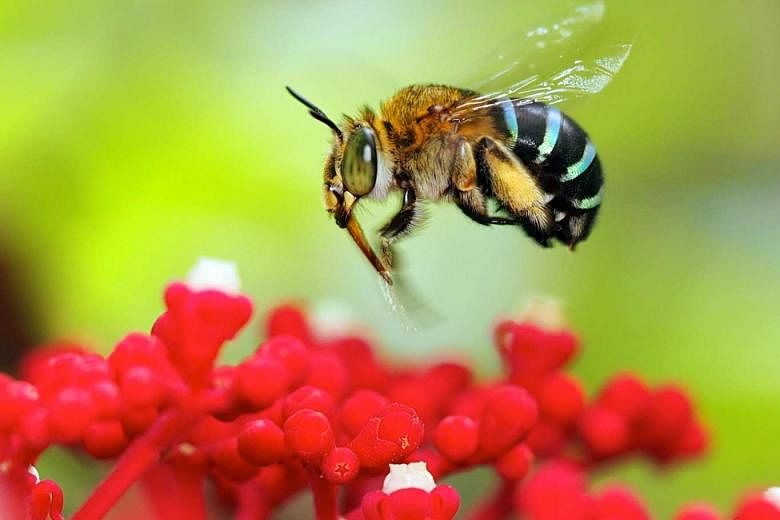SINGAPORE - His pockets filled with rubber seeds, the Singapore Botanic Gardens' first scientific director Henry Ridley, also called "Mad Ridley", promoted the plant as an economic crop throughout the region.
He was given the nickname as a result of his avid advocacy.
The story goes that the name caught on following an encounter with a coffee planter in the Malay Peninsula one rainy day. The planter refused to believe Ridley when he shared that South American Indians had used the material to make their own waterproof boots.
Ridley's research into the crop including a rubber-tapping technique which extended the economic life of the tree, took place in the Gardens. This provided the conditions for their agro-industrial development and eventual distribution to South-east Asia and beyond from the late 1800s. This was one of two factors that earned the Gardens the status of a Unesco World Heritage Site on July 4 last year (2015).
The colourful life of Ridley is one of several historical gems that have been strung together in The Straits Times' latest e-book - Historic Gardens: Singapore's First Unesco World Heritage Site.
The free multimedia publication, which was launched on Monday (Feb 29), is available for free via The Straits Times Star e-books app for iPad or Android devices.
The e-book is divided into five chapters: the journey to Unesco; a walk through history; a haven for nature; a home to landmarks; and beloved by generations.
Said Straits Times editor Warren Fernandez: "We are all proud of Singapore's first Unesco site, and this e-book brings the fascinating story of this historic gardens to life for our readers.
"This e-book also showcases our efforts to serve our readers in a highly visual, multimedia fashion. We want to give readers yet another opportunity to experience our content across platforms for themselves."
Highlights from the first chapter include audio snippets from the World Heritage Committee's delegates, who praised Singapore's bid at the organisation's 39th session in Bonn, Germany.
The second chapter explores the foundations laid by its visionary managers and directors. This includes the development of the space into an English landscape gardens in the tropics, fulfilling a second Unesco criteria for having a historical landscape.
The next chapter features photo galleries of the Gardens' towering heritage trees, orchid hybrid stars and wildlife. The fourth showcases the Gardens' landmarks including its 1930 bandstand and World War II air-raid shelter.
The final section is dedicated to the generations of visitors who have walked through its grounds for the past 157 years.
The e-book can be downloaded through The Straits Times Star e-books app.
• Download "The Straits Times Star" via the Apple App Store or Google Play Store.
• Open the app and go to "I'm just browsing".
• Download "Historic Gardens: Singapore's First Unesco World Heritage Site".
• The app is best downloaded via Wi-Fi and is available for iPad (not iPhones) and Android devices.







